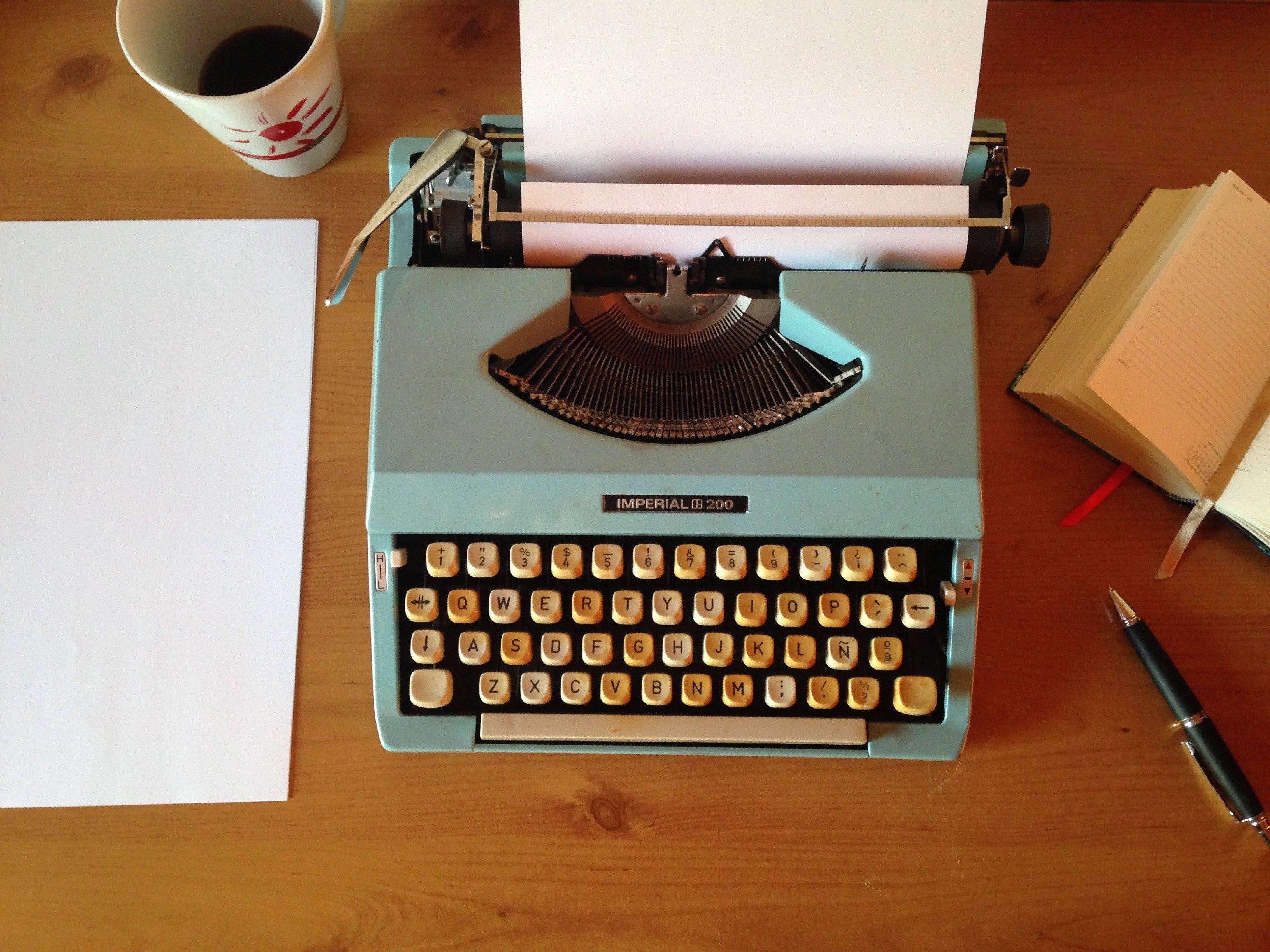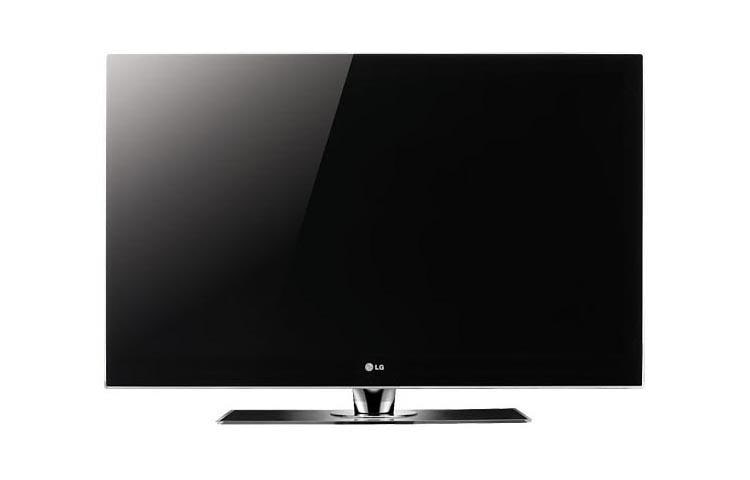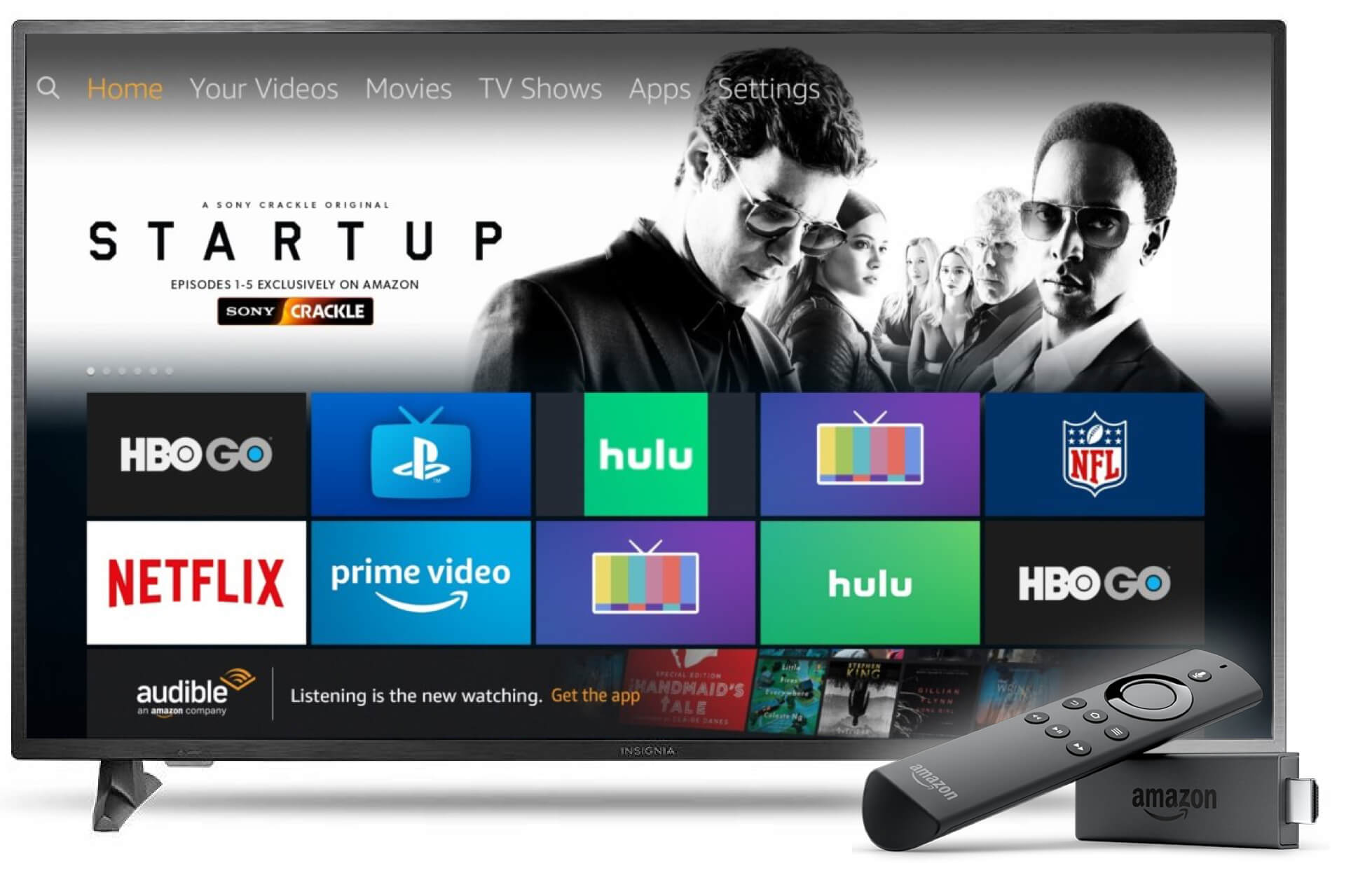The Transcendence of Media- Blog #2
 |
| Kathleen's Instagram |
My Grandma has always seemed to be too young to be my Grandmother. Maybe that’s because we call her by her name, Kathleen, instead of calling her Grandma, or maybe its because she only married into the family 10 years ago. The youthful aura could be attributed to the fact that she works out for hours and plays tennis every day, or even that for a woman in her late 60’s, she uses social media better than most 30-50 year olds.
Thinking about how different media is from when Kathleen grew up, is especially shocking since it seems like she’s always been around the media from this modern day. Hearing first hand from her about how the media has been completely transformed felt like I was reading a history book.
Kathleen began her discussion of old media by explaining the telephone system in her house growing up. She explained that when she was 10 they had a telephone line that was shared with the next-door neighbors. There was a system for deciphering who was getting a call. If it rang once it was her family’s line, but if it rang twice it was the neighbor's line. She shared stories of picking up the phone when it was the neighbors or her siblings, just so that she could listen in. The system was not flawless, but it was all they knew of telephones in the late ’50s.
| Built-in Car Phone |
In great contrast, Kathleen got her first cell phone after her first son was born in 1985. She explained how empowering it was to have a cell phone that was mobile. However, the one qualifier is that it was a phone that was a part of the car. She explained that there was a stand between two seats and a big antenna that went through the car window.
This system is so different from the type of cell phones we have in modern-day. Everyone basically walks around carrying a mini-computer in their pocket!
 Speaking of computers, Kathleen explained how much the invention of computers changed their lives. She explained that as a school teacher, each report card had to be typed on a typewriter and that this took so much time, especially since no mistakes could be made. When computers were first integrated into schools and places of business, she explained that everyone rushed to join special computer classes. These classes would teach the mechanics behind writing computer programs. There was a misconception that to be able to use a computer, you had to know the mechanics of how to write computer programs. Eventually, the public moved past this thinking and realized that the only necessary things to learn are the basics of how to use a computer. It’s a good thing that everyone today is content in passively using technology because I was not made to be a computer programmer.
Speaking of computers, Kathleen explained how much the invention of computers changed their lives. She explained that as a school teacher, each report card had to be typed on a typewriter and that this took so much time, especially since no mistakes could be made. When computers were first integrated into schools and places of business, she explained that everyone rushed to join special computer classes. These classes would teach the mechanics behind writing computer programs. There was a misconception that to be able to use a computer, you had to know the mechanics of how to write computer programs. Eventually, the public moved past this thinking and realized that the only necessary things to learn are the basics of how to use a computer. It’s a good thing that everyone today is content in passively using technology because I was not made to be a computer programmer.
When I asked Kathleen what some of the bigger changes she’s noticed between the way media is used now in contrast to the past, she said that at the end of the day media is used for entertainment. In her opinion, media is still used for the same exact purposes, it's just used slightly differently to achieve that goal.
 She illustrates this idea with the imagery of a photograph. A photograph is still used to record life. The process of taking, developing, and owning a photograph is just a whole lot faster now. A photo is instant when in the past it had to be taken to a store to develop. She made the point that a baby who is born in 2020 will have at least a thousand pictures of it by the time it turns five. In comparison to Kathleen who only had a picture or two of herself as a child. Current media today allows us to be a lot more comprehensive.
She illustrates this idea with the imagery of a photograph. A photograph is still used to record life. The process of taking, developing, and owning a photograph is just a whole lot faster now. A photo is instant when in the past it had to be taken to a store to develop. She made the point that a baby who is born in 2020 will have at least a thousand pictures of it by the time it turns five. In comparison to Kathleen who only had a picture or two of herself as a child. Current media today allows us to be a lot more comprehensive.
A big change she highlighted was the ability that computers give us to do work remotely. The example she used is that many of the couples in their country club have jobs in New York. However, they live in North Carolina and just remotely do the work from home. This way they are receiving a New York salary while residing in North Carolina. This never would have been possible during the majority of the ’90s.
The importance of doing work remotely is seen today with so many employers who are telling their workers that it's okay to work at home to avoid being at risk of catching COVID-19. This is especially seen with the many Universities that are moving all of their classes to online work. Having access to the internet and a computer revolutionizes our ability as employees and students.
The physical technological structure of the TV has changed greatly. As well as the media found on TV. Kathleen goes into depth explaining the physical size of the TV. She notes that not only were they heavy and large giant “boxes,” but that the picture and sound quality is nothing like it is now. This description in comparison to the tiny sleek high depth TVs that hang on walls is almost comical.

In addition, the ability to watch film was previously so much harder. She references VHS tapes and how at the end of each move you would have to rewind back to the start of the movie so that the tape would reset. The evolution of tapes to VHS to DVD to Blue Ray to the current day where any movie is available on some type of streaming platform.
It's hard to even imagine how much the media has changed in such a little amount of time. Within one-lifetime media, technology has greatly evolved and completely transformed.
Ryan Cassela’s “How Social Media is Changing - And Saving - Television '' touches on some of the problems TV faces. So much of this can be attributed to the ever-changing media. That there are always new apps surfacing. Casella writes about how television is in its “third wave,” of new media evolution, (pg. 1). This third wave refers to the never-ending entertainment options available. However, he notes that while TV is still widely the main platform used, there are many alternative programs that are growing in popularity. His thesis is that social media is necessary for the survival of TV and vice versa. That both media are not capable of surviving without each other, and that when they work together, both media thrive. Casella’s overall argument proves how media technology is only going to continue to change.
Ultimately, despite living in such a fast-moving paced world, it's encouraging to know that while media seems to be changing so rapidly, at the end of the day the same media that existed long ago still exists today. Though the media becomes more modernized, the same general functions are prevalent. Growing up Kathleen used the phone, computers, and the TV. Growing up I used the phone, computers, and TV. Technology transcends generations.
References:
Cassella, Ryan. “How Social Media is Changing - And Saving - Television.”


No comments:
Post a Comment
Note: Only a member of this blog may post a comment.